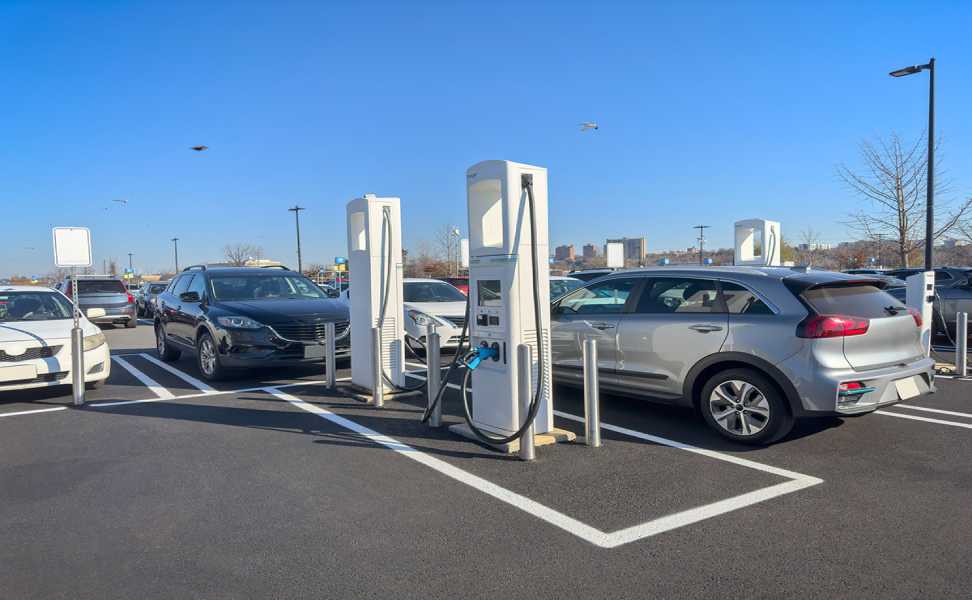The electric vehicle (EV) revolution is upon us, promising a cleaner, quieter future for our roads. But for many, the dream remains out of reach, thanks to a glaring reality: electric cars are still significantly more expensive than their gasoline-powered counterparts. While the environmental benefits are undeniable, understanding the reasons behind this sticker shock is crucial for navigating the shift towards a sustainable transportation landscape.
The Battery Burden: Powering Progress, But at a Cost
The heart of the issue lies in the heart of the EV itself: the battery. Lithium-ion batteries, the current dominant technology, are marvels of engineering, packing immense energy density into compact packages. However, their production involves complex processes and rare earth elements, making them costly. This cost directly translates to the final price tag of the vehicle, often accounting for a third or more of the total. Additionally, range anxiety, a concern for many potential buyers, often leads manufacturers to prioritize larger, more expensive batteries, further inflating the cost.
Beyond the Battery: A Symphony of Specialized Components
While the battery is the star of the show, it’s not the only contributor to the premium price tag. Electric motors, power electronics, and thermal management systems are all unique to EVs and require specialized engineering and materials. These components, though constantly evolving and becoming more affordable, still add a significant cost compared to their simpler counterparts in gasoline-powered vehicles.
The Price of Innovation: Early Adopters Bear the Brunt
EV technology is still young, and the industry is actively innovating to improve efficiency and reduce costs. However, research and development (R&D) is expensive, and the initial investments need to be recouped. This means early adopters, eager to embrace the green revolution, often pay a premium for cutting-edge technology. As economies of scale kick in and production volumes increase, prices are expected to fall, but it will take time for the cost curve to catch up to the established gasoline vehicle market.
Limited Supply, High Demand: A Perfect Storm for Inflation
The growing demand for EVs is outpacing the current supply of critical materials and components. This imbalance, coupled with geopolitical factors and supply chain disruptions, is creating a perfect storm for inflation. The price of lithium, cobalt, and nickel, essential elements for battery production, has skyrocketed in recent years, further contributing to the overall cost of EVs.
Government Incentives: Bridging the Gap, But Not a Silver Bullet
Recognizing the critical role of EVs in achieving climate goals, many governments offer incentives to bridge the price gap. These incentives can take the form of tax breaks, purchase subsidies, or charging infrastructure investments. While these measures have helped make EVs more accessible, they often have limitations and may not be available to everyone. Additionally, their effectiveness can be limited by budgetary constraints and fluctuating political landscapes.
Looking Ahead: A Brighter Future for Electric Mobility
Despite the current challenges, the future of electric mobility is bright. Battery technology is rapidly evolving, with new chemistries and manufacturing processes promising significant cost reductions. Additionally, as production volumes increase and economies of scale come into play, prices are expected to steadily decline. Additionally, recycling programs for used batteries are being developed, further reducing the environmental and economic impact.
The Road Ahead: A Balancing Act Between Affordability and Sustainability
The transition to a sustainable transportation future hinges on making EVs more affordable and accessible. This requires a multi-pronged approach:
- Continued investment in R&D: Accelerating the development of next-generation batteries and other key technologies is crucial for bringing down costs.
- Responsible sourcing of materials: Finding sustainable and ethical sources for critical materials like lithium and cobalt is essential for long-term stability.
- Standardization and collaboration: Streamlining manufacturing processes and sharing knowledge across the industry can help reduce costs and accelerate innovation.
- Targeted government support: Carefully crafted policies that incentivize both EV adoption and responsible production can play a crucial role in making the transition smooth and equitable.
While the price of electric cars remains a hurdle for many today, understanding the reasons behind it is crucial. By acknowledging the challenges and working towards solutions, we can pave the way for a future where clean, sustainable transportation is accessible to everyone. The electric dream may still carry a hefty price tag, but by working together, we can ensure that it doesn’t become out of reach for the vast majority.
Feature image source:- http://tinyurl.com/y27p3ch9

